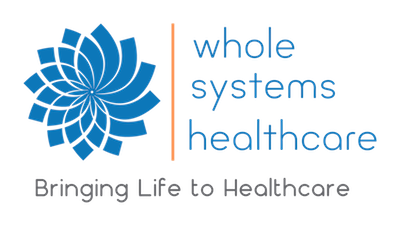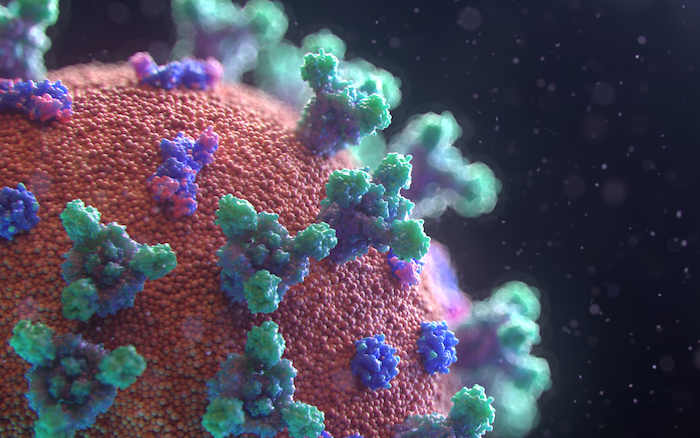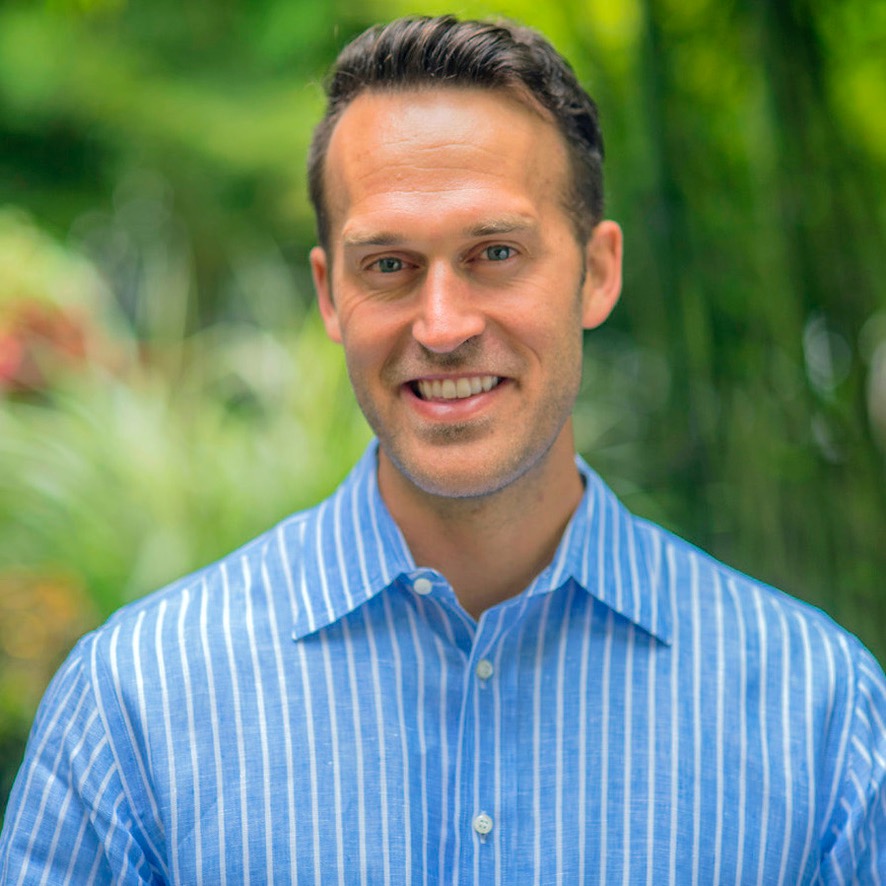A virus consists of sub-microscopic particles of protein and DNA or RNA. They are found in plants, bacteria, animals, and humans. Viruses do not eat, move or reproduce, rather, they are made by the genetic apparatus of the host’s cells. Once a virus is introduced into a host, the cells of the host will start producing and eventually excreting more viruses; we call this an infection.
Interestingly, we all have viruses within us that make up a dynamic network of microorganisms that inhabit the body, which is referred to as the microbiome. While scientist have estimated there to be approximately 40 trillion bacteria in the human microbiome, they have not been able to estimate the number of viral particles but speculate that they outnumber bacteria. What we do know is that retroviruses in our body comprise more than 8% of the human genome. Yes, that is right, viruses are a part of your DNA.
With viruses being a part of our deepest makeup, it begs the question, what initiates a viral disease? Do we “catch” a viral cold from our external environment or could it be perpetuated from an internal imbalance within the host? This question plays into the debate of germ vs. terrain theory. A debate that was initiated by Louis Pasteur and Antoine Bechamp in the 19th century and continues today; this topic will be covered in a future article.
It is common knowledge that during times of stress, latent viruses, such as herpes simplex-1 and herpes zoster, can reactivate leading to their characteristic symptom picture: cold sores and shingles in this example. During times of stress, our cellular immunity (a part of the adaptive immune system responsible for dealing with issues that arise in the cells, such as viral proliferation) decreases leaving cells susceptible to viral multiplication. I personally believe that the body is intuitively designed and smart. Why would a time of vulnerability (stress) leave us susceptible to what is commonly perceived as a negative outcome? It would make much more sense if times of vulnerability lead to an increase in resistance rather than susceptibility. Perhaps the commonly perceived negative outcome, in most scenarios, is actually a positive, health promoting outcome.
We know that stress beyond a certain threshold leads to cellular stress and cellular stress leads to cell toxicity. A build up of toxicity in a cell causes it to run less efficiently eventually leading it to be marked for reprocessing (cell destruction also known as autophagy). Autophagy is the body’s way of clearing out the old in order to regenerate the new, healthier cells. It is a popular topic as a way of increasing health and longevity as seen in the multitude of articles dedicated to describing different ways of promoting autophagy such as through fasting, exercise, superfoods and supplements. Do any of them tell you to acquire a viral infection? Does a viral infection not indirectly selectively pick compromised (toxic and inefficient) cells and induce autophagy in them? Could the purpose of a viral host relationship be one that in its best state promotes the clean-up and regeneration of toxic cells? While not all viral infections fit into this category, HIV for example, I believe that most acute colds induced by a virus follow this logic and hope that it stimulates further contemplation on the role of the relationship between virus and host.



